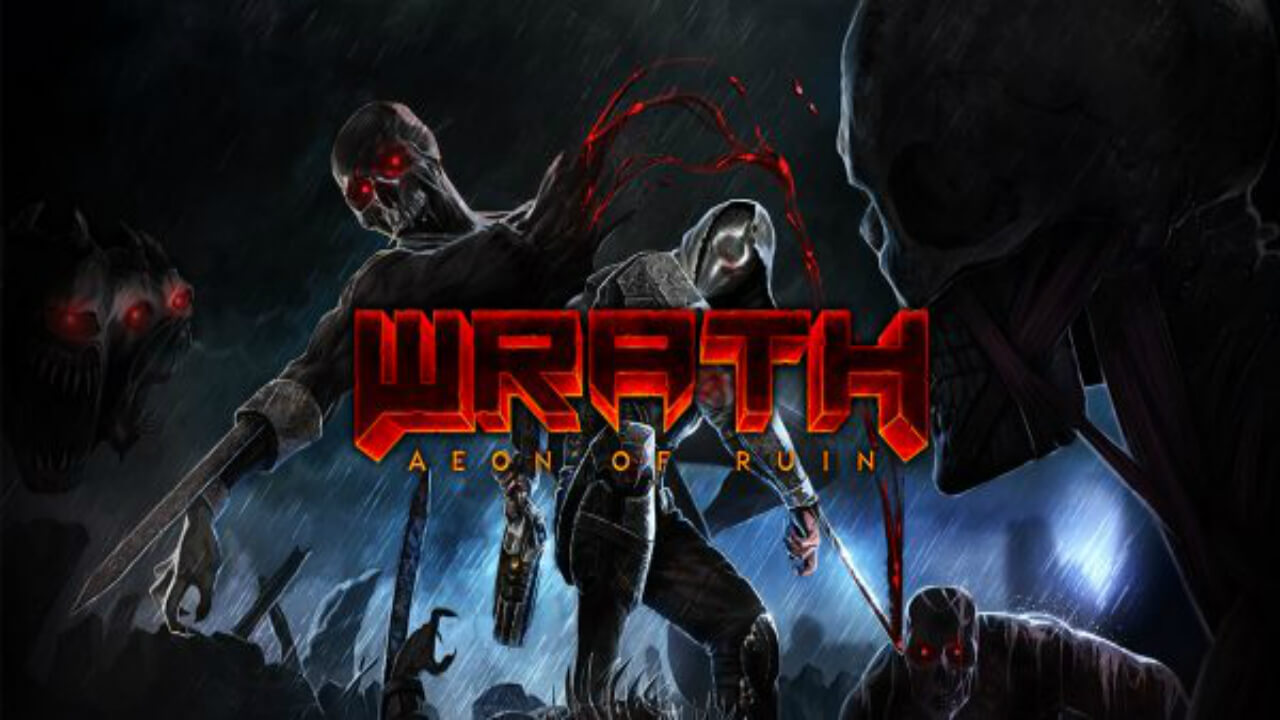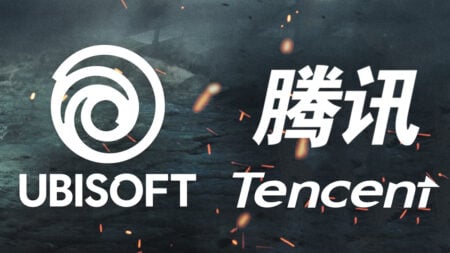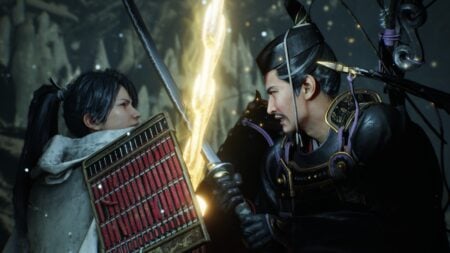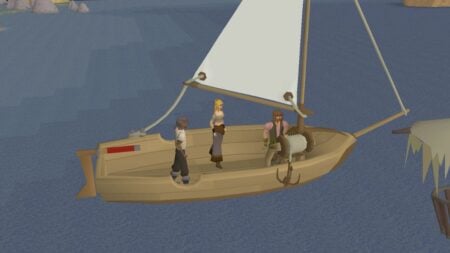Developed by KillPixel Games and published by 3D Realms, WRATH: Aeon of Ruin is coming soon! WRATH is a horror-fantasy FPS running on the good old Quake engine and inspired by classic Doom. I had the pleasure of playing through the early access version of this title recently, and am here to share what I’ve experienced.
To begin with, some exposition
WRATH follows the journey of the Outlander. In the now desolate and chaotic world, the Shepherd of Wayward Souls bestows a task upon the Outlander: to venture deeper into the corruption and dispatch the fallen Guardians who plunged the world into ruin.
In-game terms, however, you’ll be going on a fast-paced, run n’ gun joyride filled to the brim with grizzly weaponry and ghastly monstrosities waiting around every corner. WRATH is the first major game release on the Quake engine in almost twenty years. Even so, the early access version of this title proved to me that this old beast of an engine is still capable of pumping out just as much excitement as it always has been.
Improving upon classics
First, I have to say: WRATH succeeds in putting its own unique spin on a classic formula. For me, this begins with the construction of the game’s environments. Aeon of Ruin consists of three non-linear hub worlds, each with its own array of levels contained within. In the early access version, I only saw one of these hubs and two of its levels.
Even with that negligible percentage of the complete game, WRATH manages to capture me in its atmosphere. Not because it’s overwhelmingly complex or visually groundbreaking. It’s running on Quake, after all. But simply because, rather than simply pinning monsters and weapons to a drab set of repetitive backgrounds like so many other titles, the developers devoted time and attention toward building a world. And it shows.
The Arsenal
Secondly, the weaponry. A lot of run n’ gun games fall into a certain set of traps when it comes to designing weapons. Namely, they use the same recycled weapon types: your typical pistol, shotgun, rocket launcher, machine gun and maybe a flamethrower or something, if you’re feeling frisky. In addition to this, there is all too often a weapon (or a couple of weapons) that output tremendous power and render the other parts of the player’s arsenal obsolete, almost inconvenient, even.
WRATH truthfully fell into neither of these old traps. There are some standard weapons in the game, sure. Of course, you’ll have to have a melee weapon, a pistol, and a shotgun. However, WRATH also arms its players with a few unique and grizzly weapons. The Fang Spitter fires, well, fangs. It operates a bit like a spiky machine gun with an artistic twist. In addition to this, you’ll find the Retcher, which lobs disgusting green cysts in an arc.
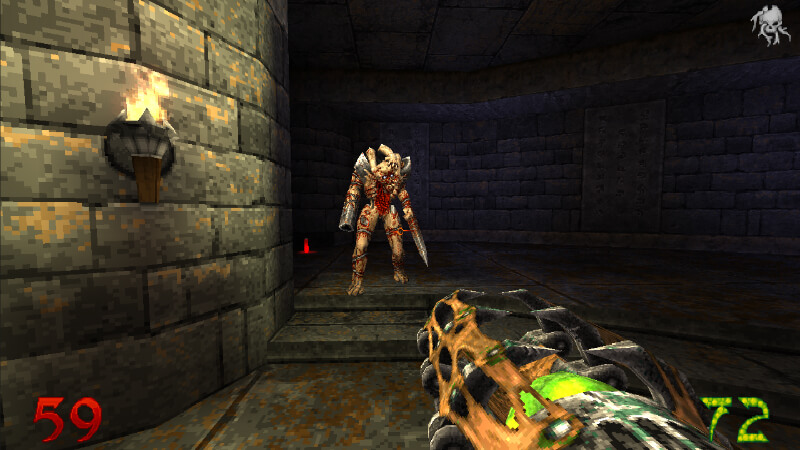
Each weapon is armed with a standard attack, along with a secondary attack which almost entirely changes the way that the weapon behaves. And, after some practice with them, every single weapon is clearly useful in different scenarios. None feel cumbersome or left out.
Of course, you’ve got your obligatory health vials and armor pick-ups scattered around the levels. What callback to this bygone era would be complete without them? However, in addition to these, you’ll also find artifacts that grant temporary buffs like vampirism and invulnerability and can be stored for later use. The artifact inventory lends the game some depth and allows for different strategies when navigating some of the tougher spots.
The Monsters

I loved most of these guys as much as I hated them. The designs of the tougher baddies in the early access version of WRATH feel inspired and creative. Their unsettling features combine well with the game’s environments to create real tension and plenty of jump scares. The enemy sound effects weren’t sensitive to distance or direction; sometimes I could hear them coming, but I would never know from which direction. Which is arguably spookier than being totally unaware of their approach.
Each enemy will require you to tackle them from a different angle than the last, and if you don’t figure out how to handle them quickly, they’ll end you in a heartbeat.
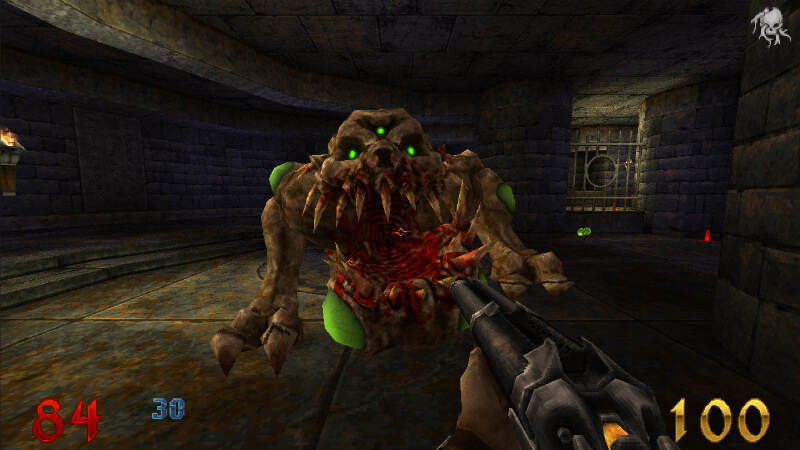
I do wish there had been a more diverse cast of creeps to duke it out with. But it’s important to remember that WRATH is only in early access. There could be plenty of monsters lying in wait inside the full game.
Bugsplat & Wrap-up
In my playthroughs, I did note a lack of proper strafe jumping. Not sure if this is intended, but to be perfectly honest, it didn’t mar my experience in a noticeable way. However, I did run into a rough bug toward the end of one of my playthroughs. Dying while simultaneously running into a portal caused my crosshairs to become fixed; I couldn’t aim, no matter which point I loaded my save file from, or if I closed the game and started it up again. Creating a new save file and then going back to the old one did fix the issue, but I was worried for a second that I’d corrupted the whole game.
This was the one big problem that I discovered with the game’s behavior. But again, it’s important to remember that WRATH is in early access. Bugs like this probably won’t make it into the full game (a hint to you hard-working developers).
In all, I think that WRATH does a fine job of blending a Quake nostalgia trip with an inspired, new-age experience. If blocky, 90’s shooters get you excited, you’ll definitely want to check it out. If they don’t get you excited, well, why are you here? Perhaps you’ve never experienced this genre of games, and you’re looking to try? If that’s the case, this might be the perfect time and place for you to start.

